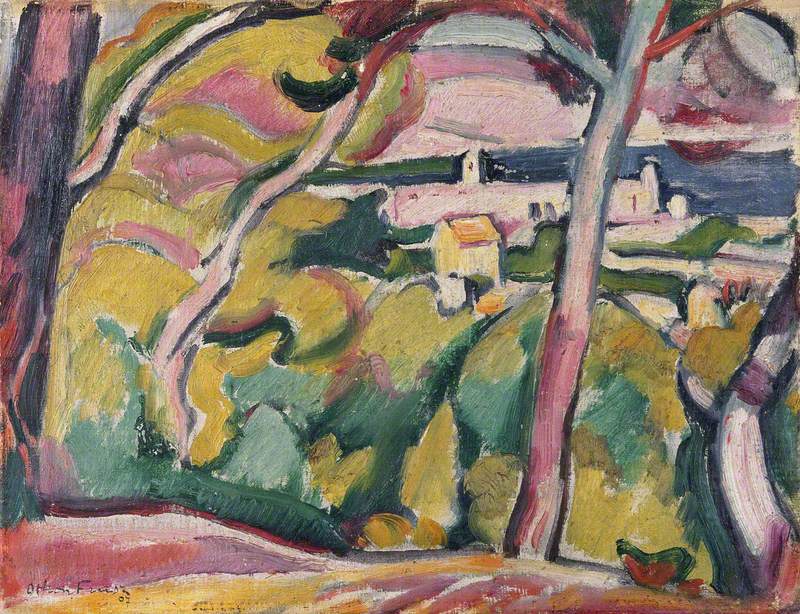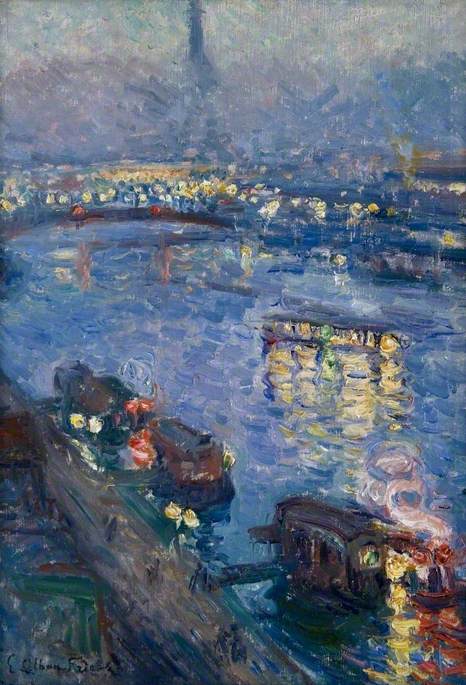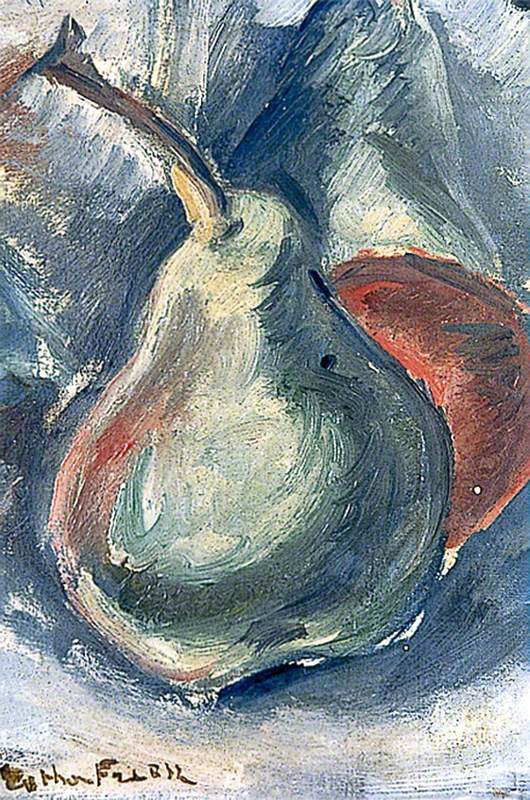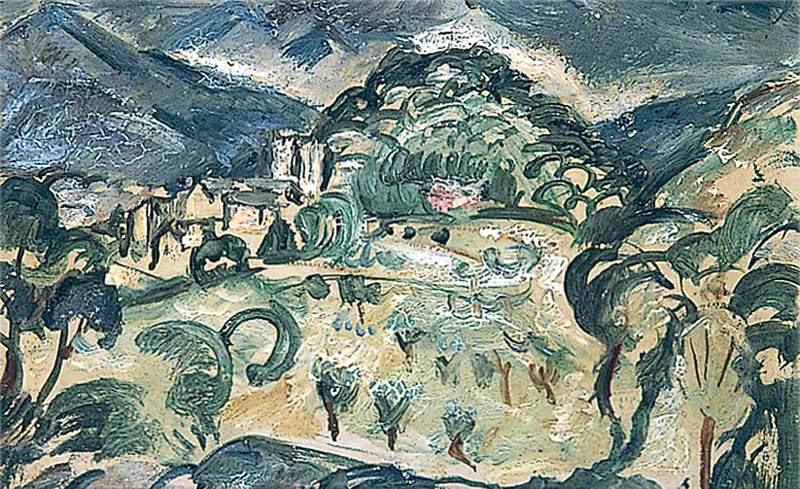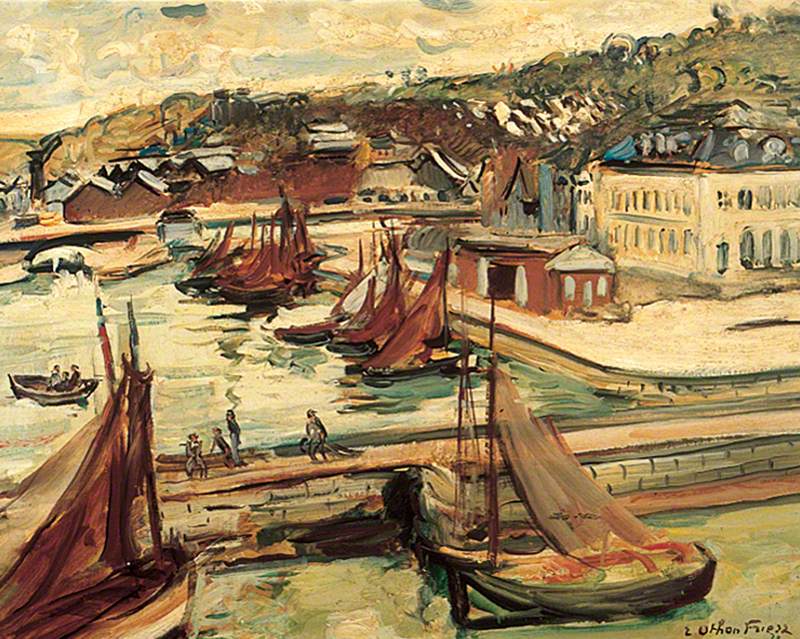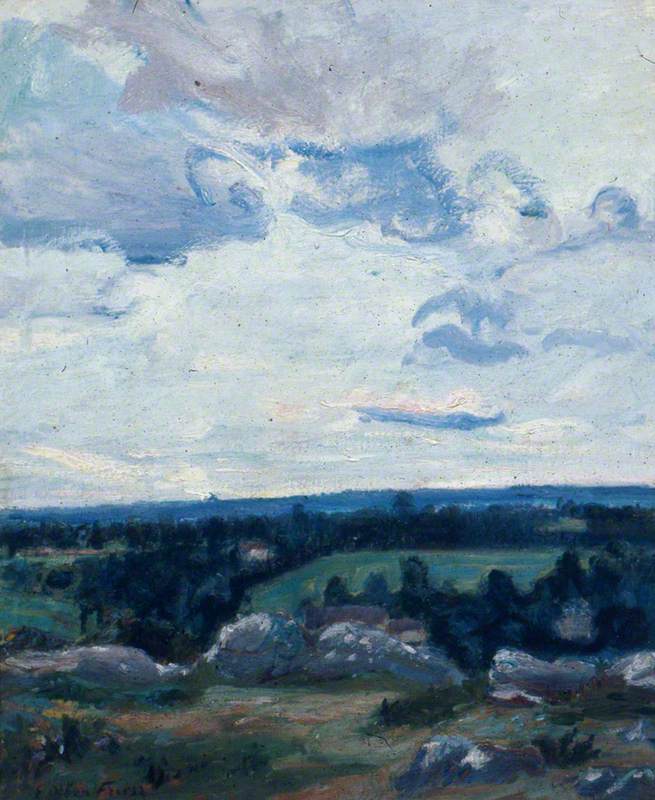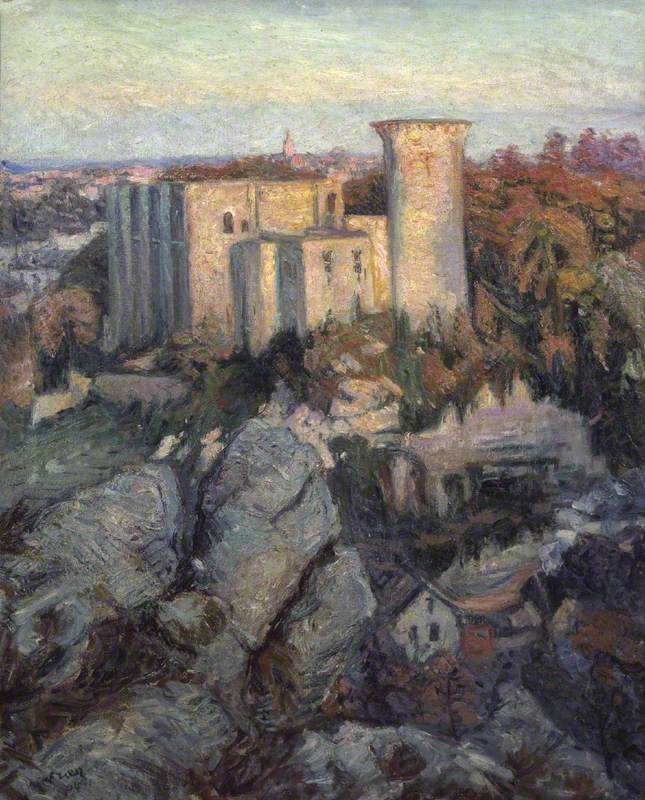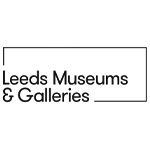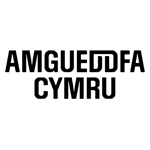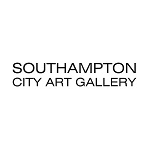French painter (of landscapes, portraits, figure compositions, and still-lifes), graphic artist, and designer, born in Le Havre. He studied there at the École des Beaux-Arts, 1896–9, then in 1899–1904 at the École des *Beaux-Arts in Paris, where he met *Matisse. His early work was *Impressionist in style, then from 1905 to 1907 he was one of the *Fauves—his best work dates from this brief period. In 1907 he abandoned Fauvism and adopted a more traditional and solidly constructed style, under the influence of *Cézanne. Spring (1908, Musée d'Art Moderne de la Ville de Paris) is an exercise in the kind of large-scale figure composition, redolent of a golden age, in which Matisse had triumphed and which *Picasso had already viciously parodied in Les Demoiselles d'Avignon.
Read more
From 1911, following a visit to Portugal, he adopted looser, freer handling. After serving in the army during the First World War, he returned to Paris, but up to 1930 he worked a good deal in Toulon and Provence. From 1929 he taught at the Académie Scandinave in Paris (and later at the Académie de la Grande Chaumière, 1941–4), and in his final years he often painted on the Normandy coast. In 1937–40, with *Dufy (his friend since student days in Le Havre), he painted a large mural in the Palais de Chaillot, Paris, on the theme of the River Seine. As well as paintings, he made book illustrations and tapestry designs. By the end of his life he was a much honoured figure, but his later career is generally seen as marking a steep decline from his Fauve days: ‘The son of a sea captain had cast anchor in the pool of stale ideas’ (Carlton Lake and Robert Maillard, eds., A Dictionary of Modern Painting, 1956).
Text source: A Dictionary of Modern and Contemporary Art (Oxford University Press)
